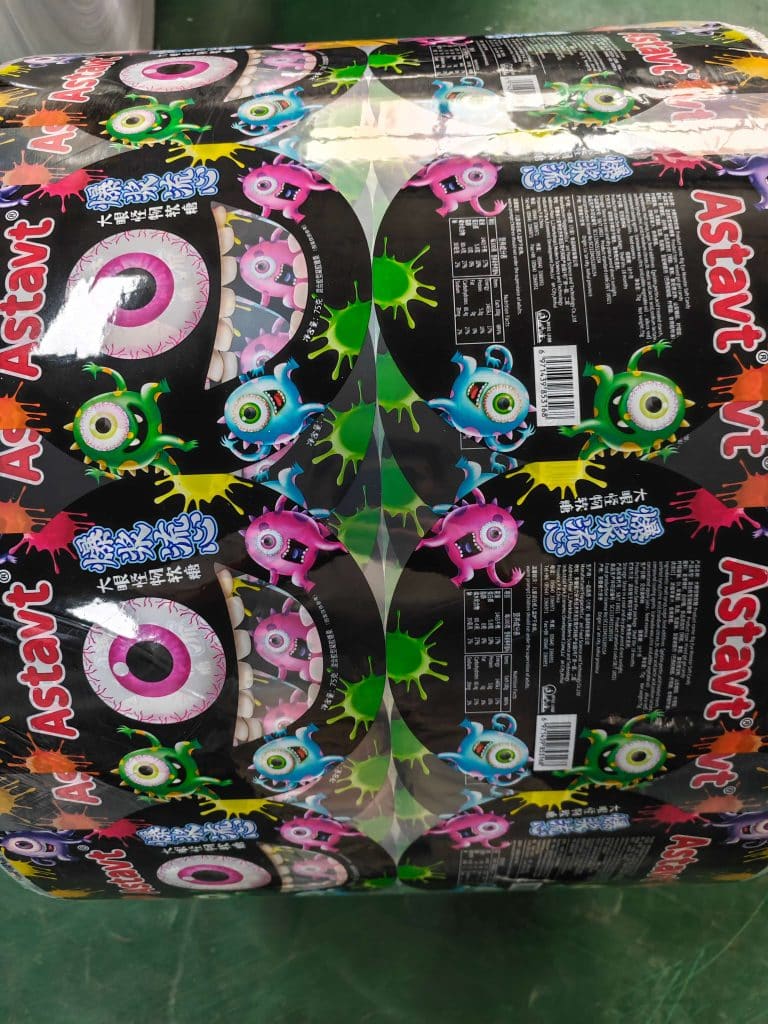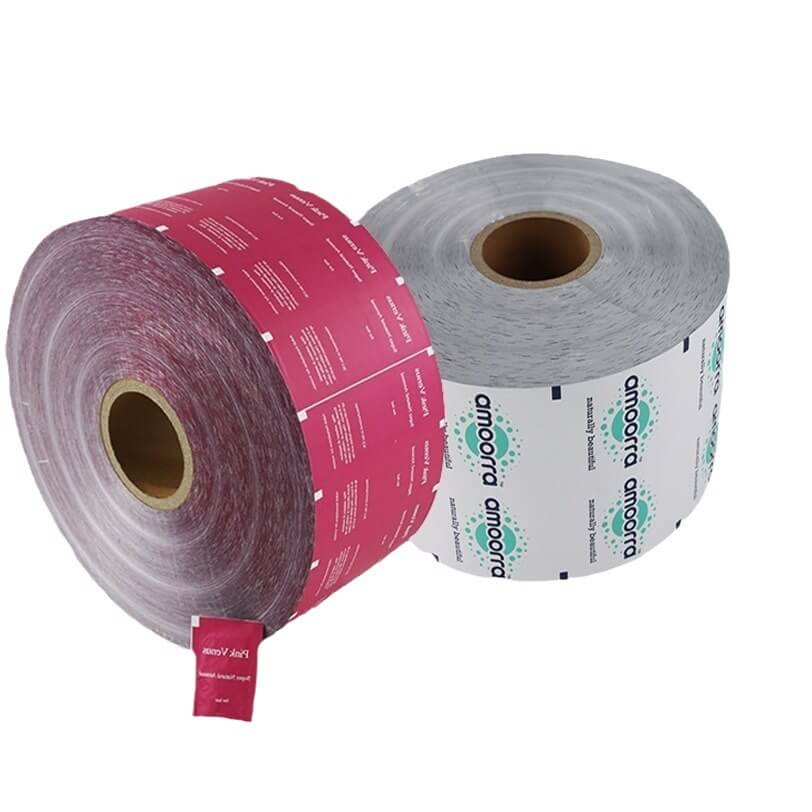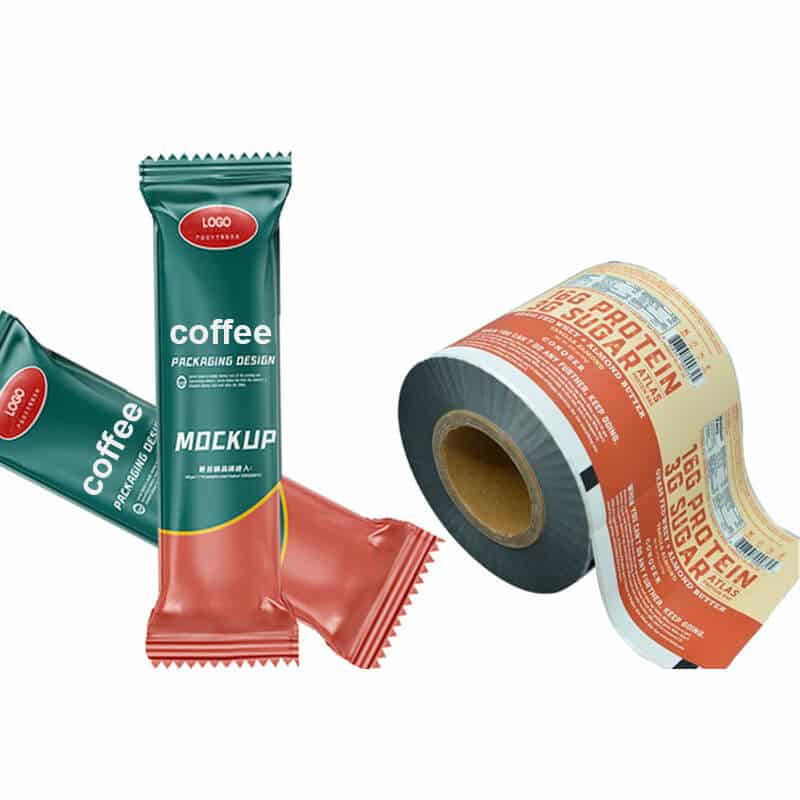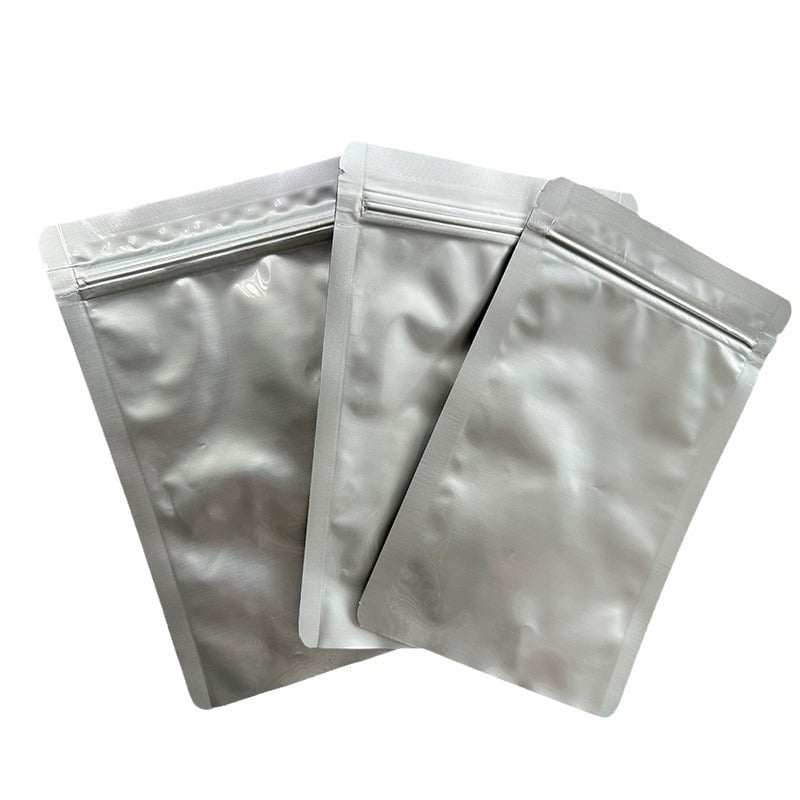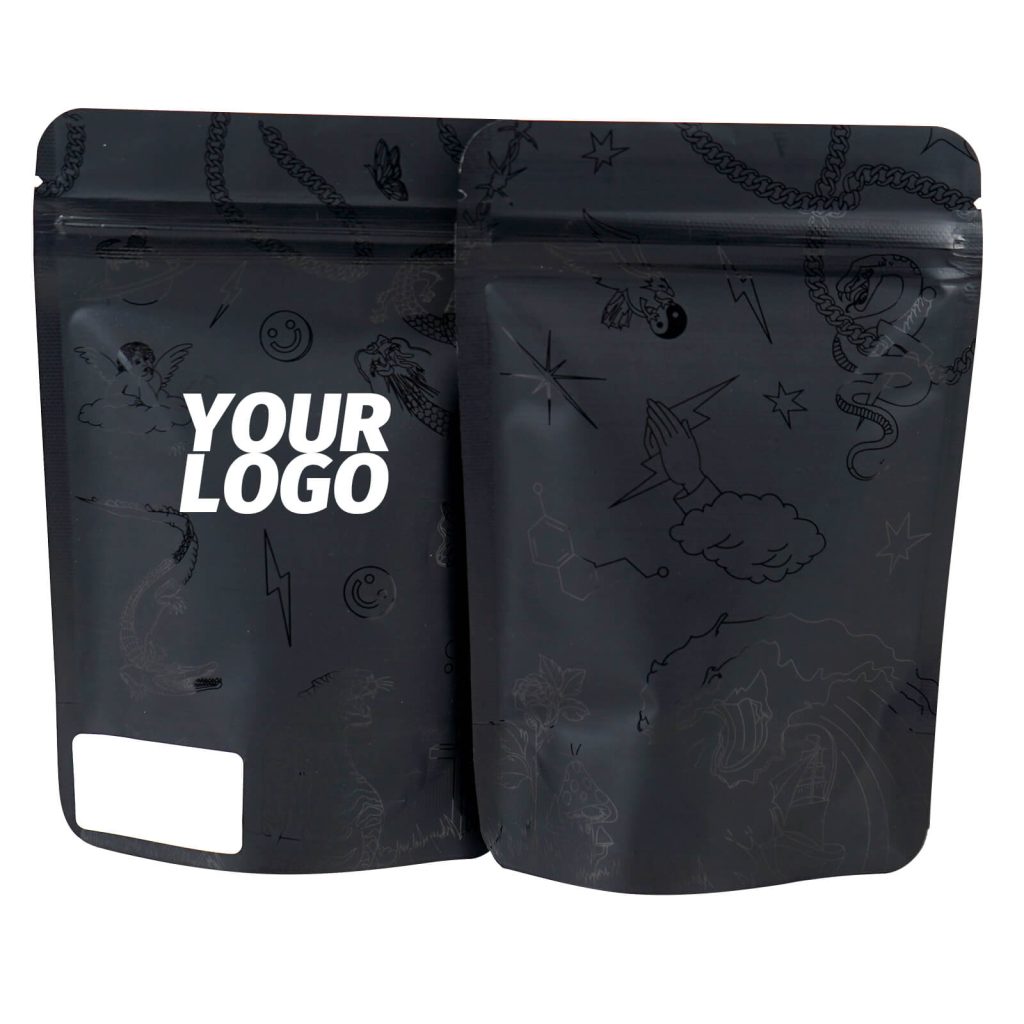A dime bag = a gram or 10 dollars
The actual name comes from the word dime has long been used as slang for the word 10. For example, saying someone is 10 cents is the same as calling them 10 cents.
Dime is a term for a penny of marijuana – also known as a “Dimebag” – which is equivalent to $10 worth of marijuana. This is the smallest amount of marijuana typically available, as 1 dime is equal to 10 cents in U.S. currency.
It is usually a small bag that contains about $10 worth of marijuana (usually about 1 gram).
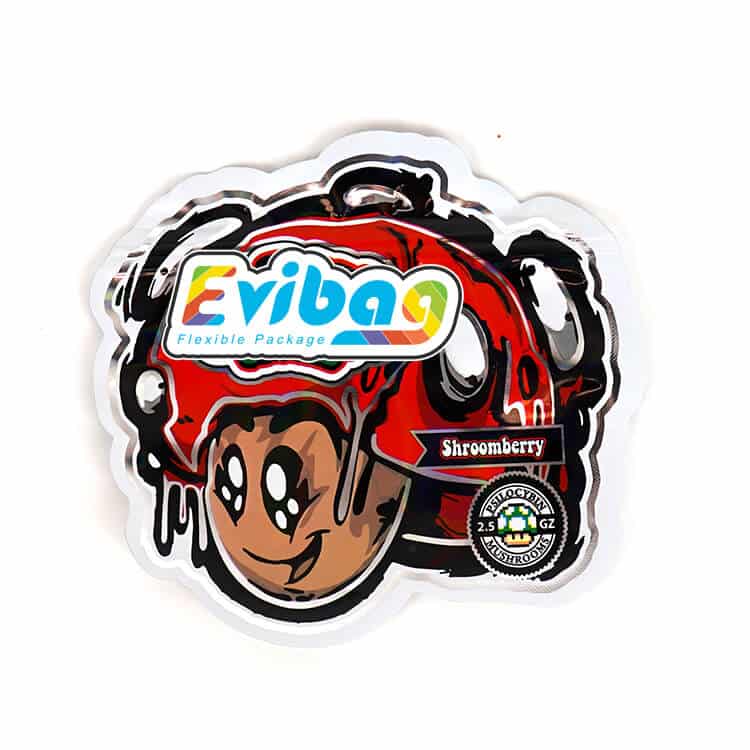
Dime
Regarding terms like a dime, there’s only one consistent thing: the amount you pay.
A dime is ten dollars worth of weed. The actual amount varies from dealer to dealer. Some 10-cent coins weigh close to 1 gram, while others only fill a blunt tip.
Small plastic bags called “coin bags” are designed to hold half a gram to a gram of weed.
Where did the term dime bag come from?
Before the push to legalize marijuana made headway, cannabis consumers invented code words to talk about the illegal product.
Dime bag was one of the slang terms that emerged from the black market, such as Mary Jane. Dime bags were considered a good bargain in their heyday.
But due to the changing world of cannabis and rising prices, the term has faltered in the history of cannabis.
What is a Dime Bag today?
At dispensaries, recreational and medical marijuana is sold by weight, usually by the gram. Some places may offer discounts if you buy bulk, such as a quarter or an eighth of weed, but most stores will likely sell it by the gram.
Price differences still exist between states with legal access, but the industry is now more regulated. In Washington, for example, the average price of premium medical marijuana is more than $18 per gram. Low-grade herb costs $9.25 per gram. In Arizona, prices are slightly better. High-grade medical marijuana is just over $13.
Canadian dispensaries also have better prices, ranging from $10 to $13, depending on quality. Regarding how regulation affects prices, Australia has no legal bidder, and prices can get out of hand. The average street price ranges from $10 to $18, depending on quality.
Marijuana slang for Nick, Dub, and A Key
In states where marijuana is legalized, most weed is measured in grams or ounces. There are eight ounces, quarter ounces, half ounces, and whole ounces.
Before weed was legal, code terms were assigned to different amounts of cannabis to keep things discreet. As part of the culture, the terminology still exists today.
In states where weed is illegal, dealers still use nick, dime, dub, and key with their customers. Each one represents the price or quantity of weed.
We’ll discuss the differences so you can know what you’re paying for when someone gives you a dime or a penny.
What is Nick
a Nickel Bag = 0.5 grams or $5
That’s half a dime bag, so 0.5 grams of marijuana. Just enough for a puff and rarely seen for sale.
A nickel bag (we used to call them “nicks”) is worth $5 for marijuana. That’s the absolute minimum amount anyone is willing to sell you.
Most of the time, it will be low grade because the $5 premium stuff is only about 0.25 grams. Usually, you’ll get half a gram of the lower-quality stuff.
It is usually the same size bag as a dime that contains half of the cannabis; however, sometimes, you will see even smaller bags used for carving.
What is Dub
Similar to a dime, the only thing consistent about dub is the amount you pay. If your dealer offers a discount, they may offer a “$15 dub”, which means they usually give you the same amount for $20 but for $5 less. The amount is usually one gram or more. If someone you’ve never met gives you a $15 dub, it won’t be more than a gram. On the other hand, the amount of weed in a standard dub is between one and one and a half grams.
The actual name comes from the word “dubs,” slang for at least twenty inches rims. Dub sacks are plastic bags designed to hold a gram or more weed.
What is a Dub Sack?
It’s another old-school term that describes a $20 bag of marijuana or two cents worth. The word “dub” was once used to describe a 20-inch rim and was introduced into cannabis lingo. If you’re willing to accept mid-grade cannabis, you can get up to two grams of marijuana. Otherwise, you can get about 1.5 grams of premium herb.
What is a key
A key is a term you would only use if you were around large amounts of marijuana or cocaine. It is an abbreviation of the word kilo, which means thousand. In this case, it means one kilogram. One kilogram is about 2.2 pounds.
One eighth = ⅛ ounce or 3.5 grams
The next of many weed measurements is called an “eighth,” meaning an eighth of an ounce.
An eighth of weed is about 3.5 grams, which is perfect when you want to buy more than one or two grams of weed. Prices for this amount of weed range from $20 to about $60 for a premium or top-quality weed.
In some places, people may refer to an eighth as a “half a quarter” or a “slice.” From now on, the standard measurements of cannabis will become more reliable because they are based on the weight in ounces or grams. This amount is also the threshold at which buyers begin to get their money’s worth.
One quarter = ¼ ounce or seven grams
One-quarter ounce. A quarter of a weed equals about 7 grams, also known as a Q or quad, which is a bag of sturdy bud, and this amount is ideal for slightly heavier users or those who want their supply to last a while.
Half = ½ ounce or 14 grams.
Half an ounce, or 14 grams of cannabis. An ounce of marijuana will set you back $100 to $350; it is also commonly referred to as a half O or half zipper and should be applied to about 28 joints.
One ounce = 28 grams
This refers to one ounce or 28 grams of marijuana. This is quite a large amount of marijuana, and it is also referred to as full O or zip-loc, which may refer to the Zip-loc bags used for storage.
Several factors affect the price of cannabis.
Competition
If you are lucky, you live in a place where there are several dispensaries nearby. This level of competition should ensure that the price of weed in your area remains reasonable. Generally, there is competition among cannabis peers that favors the purchaser.
Store A may drop the price of a quarter of Blue Dream throughout the day to attract customers. Store B feels out of options and has to temporarily lower the cost of an eighth of Strawberry Cough Candy. If you’re not picky about the strains of cannabis you buy, this is a great way to save money.
Location and taxes
Depending on where you live, the price of marijuana can vary greatly depending on supply and demand. In states where marijuana is legalized, the collection is usually higher, which can result in lower prices than illegal weed.
If you live in a state where weed is legal, you will have to pay state taxes and sales taxes. Depending on the state, there may also be local taxes, which may vary by location and may depend on the dollar amount you spend. For example, in Colorado, you must pay a 2.9% retail tax, 15% sales tax, and 15% excise tax based on the average market rate for weed. In states like California, taxes can be as high as 30 percent and vary by city. For example, Oakland’s local excise tax on marijuana is 10 percent, while San Francisco has none. For some people, driving to make more money may be worth it.
Seasons
Often referred to as “Croptober,” most outdoor growers harvest their greens in early fall. Pick the right time to buy, and you can get a fantastic deal on sun-grown weeds like Humboldt Farms. Consider buying in bulk to get the best overall price, and store your weed for a rainy day.
Just be sure to store your weed correctly, and your stash will last for the rest of the dry days.
Quality
Perhaps the most significant difference from yesteryear’s gross money bags is the weed quality: growing weed has become an art for many growers. Many have unique techniques, and even developed iconic genetics that comes with a hefty price tag.
Whether cannabis is grown indoors or outdoors can impact the quality and price of the final product, brands that use indoor growing operations are often more expensive than those that grow outdoors to keep up with changing regulations due to production costs such as electricity, water, and costly legal fees.
Some brands charge as much as $80 per eight visits. Even if you choose to explore the illegal market, growers take pride in their quality products and can charge high prices without question. 10 U.S.
Conclusion
The terms nickel, dime, and dub are becoming obsolete. Using actual weights like grams and ounces lets you know exactly what you’re getting. Of course, a lot of people still use the word dime, so it’s good to know that.
As the cannabis market continues to grow and evolve in the future, having this knowledge will allow you to understand the history and culture of cannabis better.

